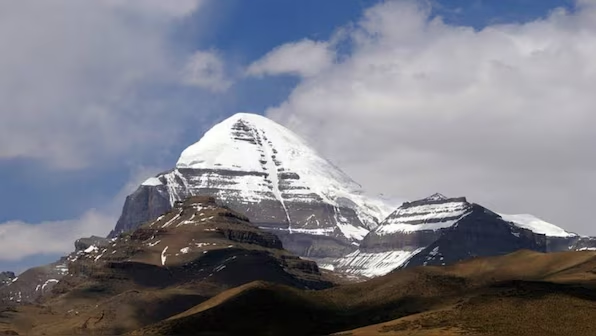The sacred Kailash Mansarovar Yatra officially resumes today after a five-year pause, marking a significant moment for pilgrims across the country. The yatra had been suspended since 2020 due to the COVID-19 pandemic and continued geopolitical tensions between India and China. Talks to restart the pilgrimage began formally in December 2024, eventually leading to its resumption this year.
Organized by the Ministry of External Affairs, the yatra will be conducted from June through August, allowing 750 Indian citizens to undertake the spiritual journey to Mount Kailash and Lake Mansarovar in Tibet. Pilgrims will travel in 15 batches via two routes: the Nathula Pass in Sikkim and the Lipulekh Pass in Uttarakhand.
Route Details:
-
Nathula Pass, Sikkim
• Altitude: 4,310 metres
• Route length: ~1,500 km (mostly motorable)
• Trekking: Only 35–40 km for Parikramas -
Lipulekh Pass, Uttarakhand (Pithoragarh district)
• Close to India-Nepal-China trijunction
• Requires ~200 km of trekking
• Terrain is more challenging compared to the Sikkim route
The first batch of 36 pilgrims has already completed the journey through the Nathula route. From the Lipulekh side, 250 pilgrims in five batches (50 per batch) will begin their journey starting Monday.
Why the Yatra Matters:
Mount Kailash and Lake Mansarovar hold immense spiritual significance for Hindus, Jains, Buddhists, and followers of the Tibetan Bon religion. Believed to be the abode of Lord Shiva, the journey is considered a path to spiritual awakening and self-reflection.
Pilgrims often describe the Kailash Kora (Parikrama)—a 52-kilometre circuit around the mountain—as the most demanding part of the yatra. It reaches its highest point at the Dolma Pass, at an altitude of 5,630 metres (18,471 feet).
Only Indian citizens aged 18 to 70 years, who are medically fit and hold a valid passport, are eligible to undertake the yatra, which typically lasts over 20 days.
As infrastructure improves—especially around acclimatisation centres in Sikkim—the pilgrimage becomes more accessible while maintaining its spiritual intensity. The resumption of the yatra after five years not only marks a diplomatic milestone but also rekindles faith for thousands awaiting their journey to the sacred land.









